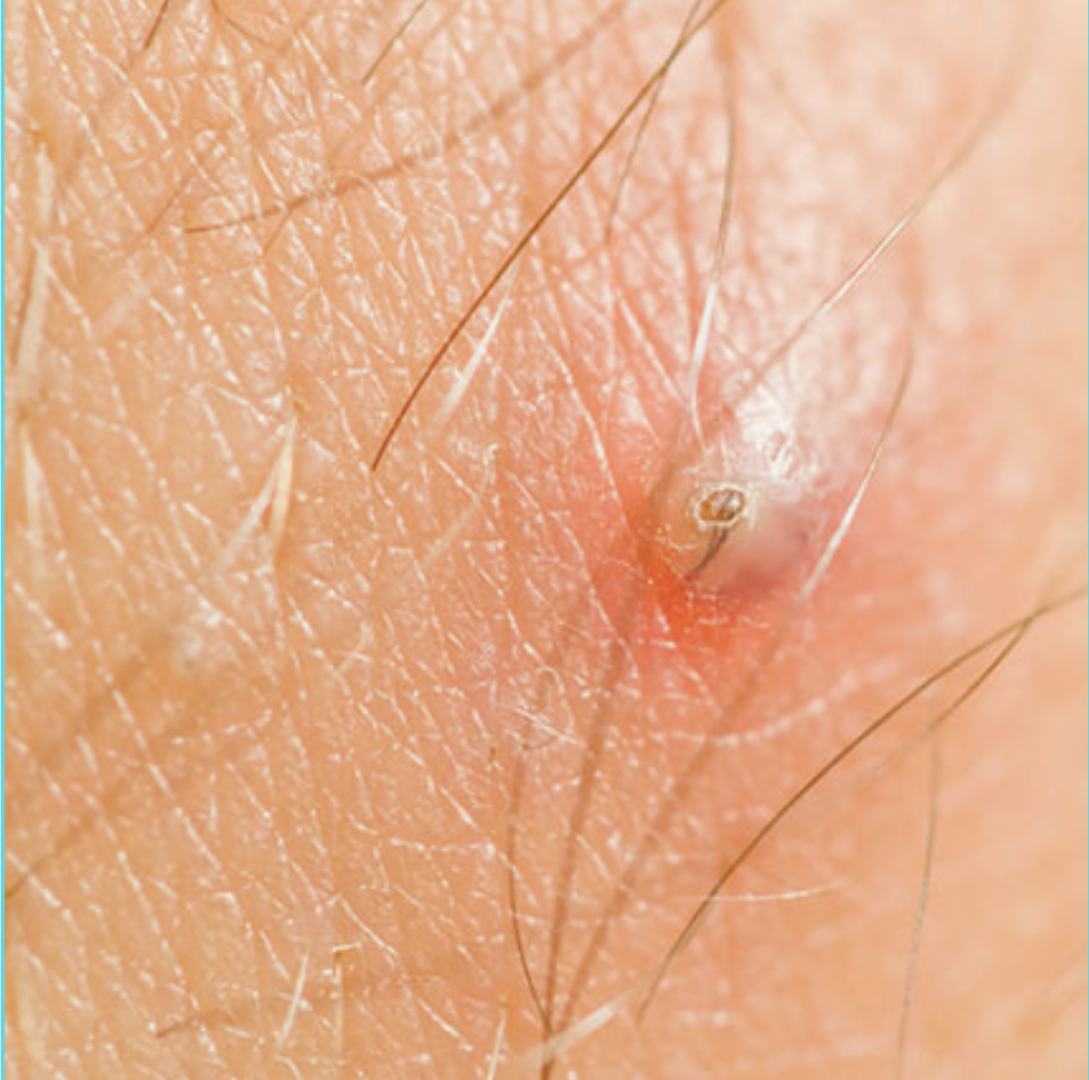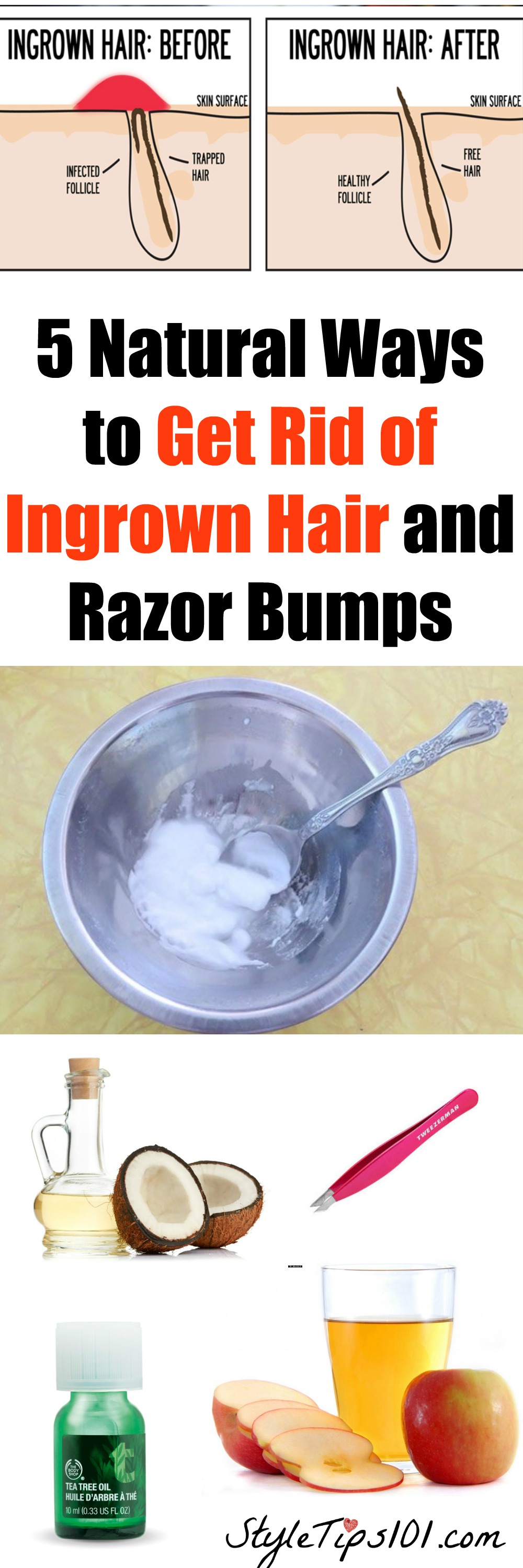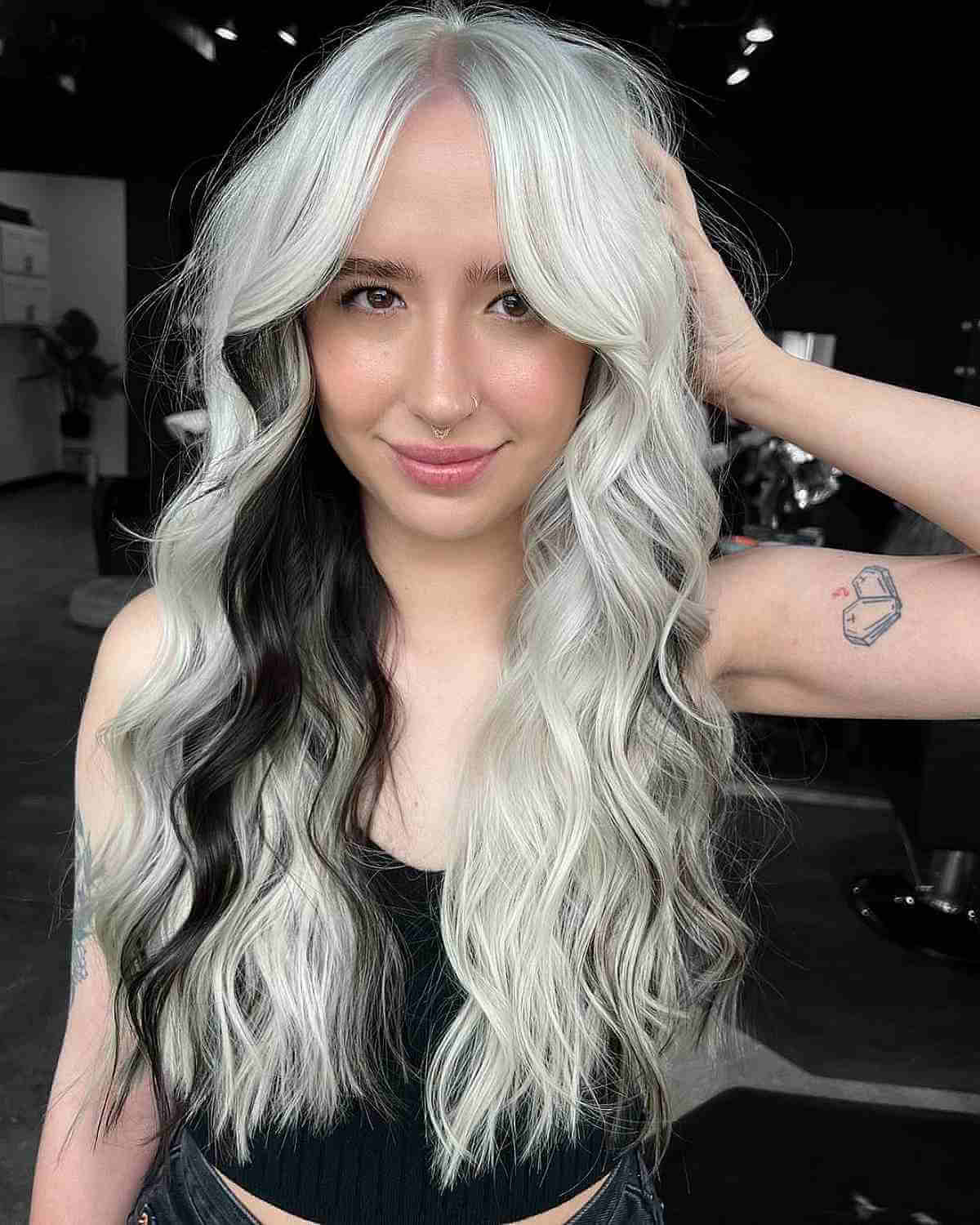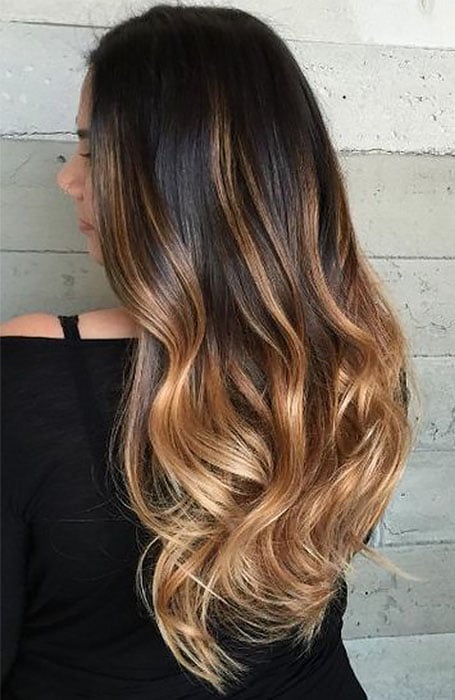Table Of Content

You can also remove an ingrown hair that has looped or curled back into your skin by gently pulling it out with a sterile needle, pin or tweezers. Apply rubbing alcohol to your surrounding skin to prevent an infection. Then, carefully thread the sterile needle, pin or tweezers through the exposed hair loop. Gently lift the hair loop until one end releases from your skin. Your physician might suggest you apply a warm compress to the ingrown hair or hit pause on removing hairs from that area, while some dermatologists might suggest applying apple cider vinegar to the ingrown hair. This can help because apple cider vinegar contains anti-inflammatory properties that help soothe irritated skin, Engelman says.
Management and Treatment
Whether they're caused by shaving, waxing, or just the business of being alive, they take some finagling and prodding. Usually, the best method for extracting a troublesome ingrown hair involves a pair of tweezers and a solid grip right when you begin to notice the issue. In the video, we see a person wearing surgical gloves use tweezers to tug at what appears to be a small blemish on another person's shoulder. Soon, though, it becomes obvious that the blemish is actually not a blemish at all, but a giant pocket of ingrown hairs. What emerges from the mass looks like something you'd pull out of your shower drain after a particularly vigorous shampooing sesh. A doctor will usually assess an ingrown hair infection by looking at the symptoms and asking about your medical history.
Home remedy #1: Over-the-counter ingrown hair products
Coming as a full kit, a 200ml hair removal cream comes coupled with a wooden spatula and a soothing cream to use afterwards. Our favourite part about it, aside from the longer-lasting results, is that the scent is much less pungent than some other options, despite still being pretty potent in its formula. This Boots own-brand hair removal cream didn’t have as clear instructions as some of the other options we tested, so we’d say it’s best for those who are already pretty confident with this type of product.
How to prevent ingrown hairs
There are a variety of safe skincare products that can help draw the hair out and soothe irritation. If ingrown hair persists, seek an alternative hair removal option and see a dermatologist. If the hair loop isn’t visible, though, they have other options. “I use a sterile needle to [pierce] the overlying skin and splinter forceps to help the hair reach the skin surface,” Dr. Bailey says.
VIDEO: Pulling out a 6-year-old ingrown hair - Business Insider
VIDEO: Pulling out a 6-year-old ingrown hair.
Posted: Wed, 06 Sep 2017 07:00:00 GMT [source]
Medical Professionals
Of course you want a close shave, but if you’re prone to ingrown hairs, stick to a razor with two blades, max. “Each additional blade after two, the lower you cut or shave the hair,” Dr. Wechsler says, the greater the likelihood that the hair will curl back on itself before surfacing. Frequency of shaving is also a factor, says Dr. Lolis, who advises shaving less frequently. This single-blade razor from Oui the People was one of the Good Housekeeping Institute's top razor picks for 2023. Your health care provider is likely to diagnose ingrown hair by looking at your skin and asking about your hair removal habits. Most ingrown hairs will subside fairly quickly if you leave them alone.
Video shows woman removing ingrown hair from leg - Business Insider
Video shows woman removing ingrown hair from leg.
Posted: Thu, 05 Apr 2018 07:00:00 GMT [source]
In the days before your medical appointment, if possible, stop shaving or using any form of hair removal. Alternatively, your doctor might prescribe topical treatments like retinoids, which help reduce skin hyperpigmentation and remove dead skin cells. They also might prescribe steroids, which reduce inflammation and swelling. This video comes from an Instagram account called @tweezist that's dedicated to ingrown hairs. The anonymous owner of the account has explained that all the ingrown hairs are growing on her own legs (though her friend's beard hairs occasionally make an appearance).
If you can't go that long without removing your hair and other self-care techniques aren't helping, your health care provider might recommend medications, laser-assisted hair removal or both. Inside, it's harboring a surprisingly long strand, plus a plug of hardened skin oil that looks a lot like a blackhead. If you really feel the urge to remove your ingrown hair, clean your skin and a sewing needle with rubbing alcohol, says Joshua Zeichner, M.D., a New York City-based board-certified dermatologist. Use the needle to gently lift up the free edge of the hair from your skin.
The DIY Method for Ingrown Hair Removal
Using a hair removal cream on your face can be nerve-racking. After all, it’s one of the most sensitive areas of skin on the body, and a chemical burn could cause some real damage. So please, proceed with caution, patch test first and never exceed the maximum amount of time stated in the instructions. But pre-warning aside, this Veet face cream certainly did impress. Coming in a set with both a facial hair removal cream and a post-removal soothing cream, it was easy to use, didn’t have the overpowering hair removal cream smell and, when following the instructions, worked wonders. On finer, thinner hairs, five minutes was enough to leave the skin silky smooth, while coarser strands took nearer the 10-minute mark.
Alternative hair removal methods
But once you get the hang of it, it’s sure to do the trick. Included is a rather large spatula for easy application, and the smell isn’t as severe as some other options, which is a pretty big plus point. It’s quick, easy and delivers immediate results that are often pain-free, so long as you don’t cut yourself. While waxing may be preferred for those in search of a longer-lasting result, it can be painful. Meanwhile, IPL and other laser machines make for a near-permanent solution when it comes to getting rid of unwanted hair, but such gadgets tend to come with a hefty price tag.
Generally, you can get rid of that ingrown with regular exfoliation and acne-fighting products like salicylic acid and benzoyl peroxide instead. If you’re looking for a pain-free way to remove unwanted hair, hair removal cream could be your answer. So long as you take care to follow all instructions, patch test before use, and ensure your skin is in good nick before applying, you may find the product to be quite miraculous. Taking measures to prevent ingrown hairs and treating any infections promptly can help prevent these. You may have a higher risk for ingrown hairs and related infections if your hair is naturally coarse or curly.
If bacteria, fungi, or other pathogens enter the skin, an infection can develop, known as folliculitis. Because heat promotes circulation, and that increased circulation can help drive the hair upward. Shaving, waxing, and plucking are an unfortunate part of life.
Essence may receive compensation for some links to products and services on this website. If you notice one or more of these symptoms, see a physician or health professional for help as soon as possible. If the hair is already visible and sticking out of your skin, you can attempt to tweeze the hair out.
The first sign of an infected ingrown hair is often a bump. As the infection progresses, you may see pus, and the bump may grow larger. With this method, you can get rid of your ingrown hairs and prevent them from returning in the future.
The cost of laser hair removal depends on how big the area being treated, how many treatments you need, and the going rate in your area, among other factors. The average is $389 per treatment, according to the American Society of Plastic Surgeons. Electrolysis — when a technician zaps each follicle with electricity, killing it — can be very painful but works well for small areas like the chin. How much it costs depends on a bunch of factors as well — a single treatment can be around $50-$100. An ingrown hair happens when a hair that's been cut, shaved, or tweezed curls and starts growing back into the skin, rather than away from it. Many go away on their own, but others continue to burrow deep into the skin.

Boakye explains that the less often you remove the hair, the more time the hair has to grow and curl back into the skin, which is likely to cause ingrown hairs. You might be able to see an ingrown hair as a tiny loop with both ends stuck in your skin. Hair removal is the root cause of ingrown hairs, since they occur when hair starts to grow back and curves to burrow into the skin.
Included is a small spatula for easy application, and the best thing about it is it can be used in the shower, cutting down the time you have to stand in that awkward wide-leg naked pose in the bathroom. Just be careful that the water isn’t too hot, so you don’t irritate the skin. And keep to the six-minute maximum, to ensure smooth skin doesn’t come with any unwanted consequences.















